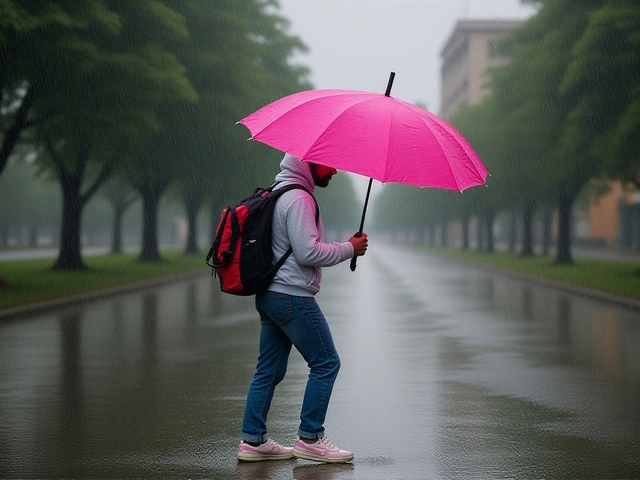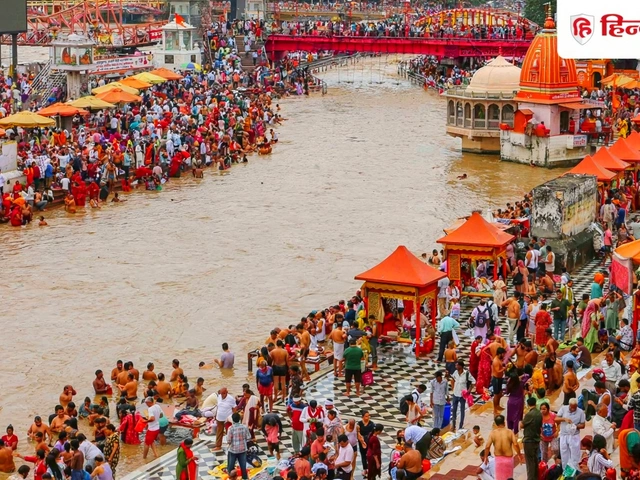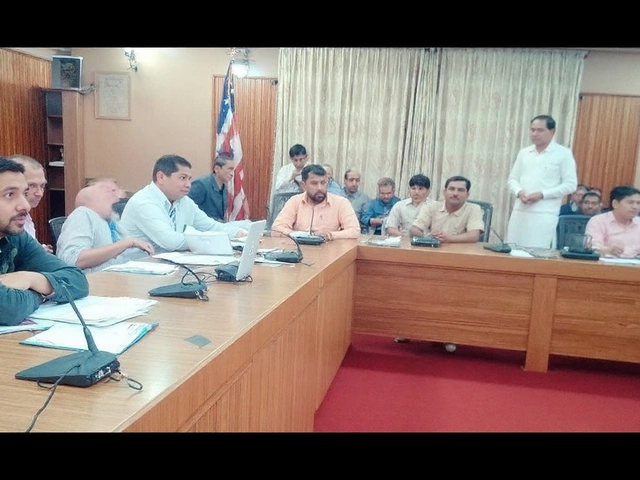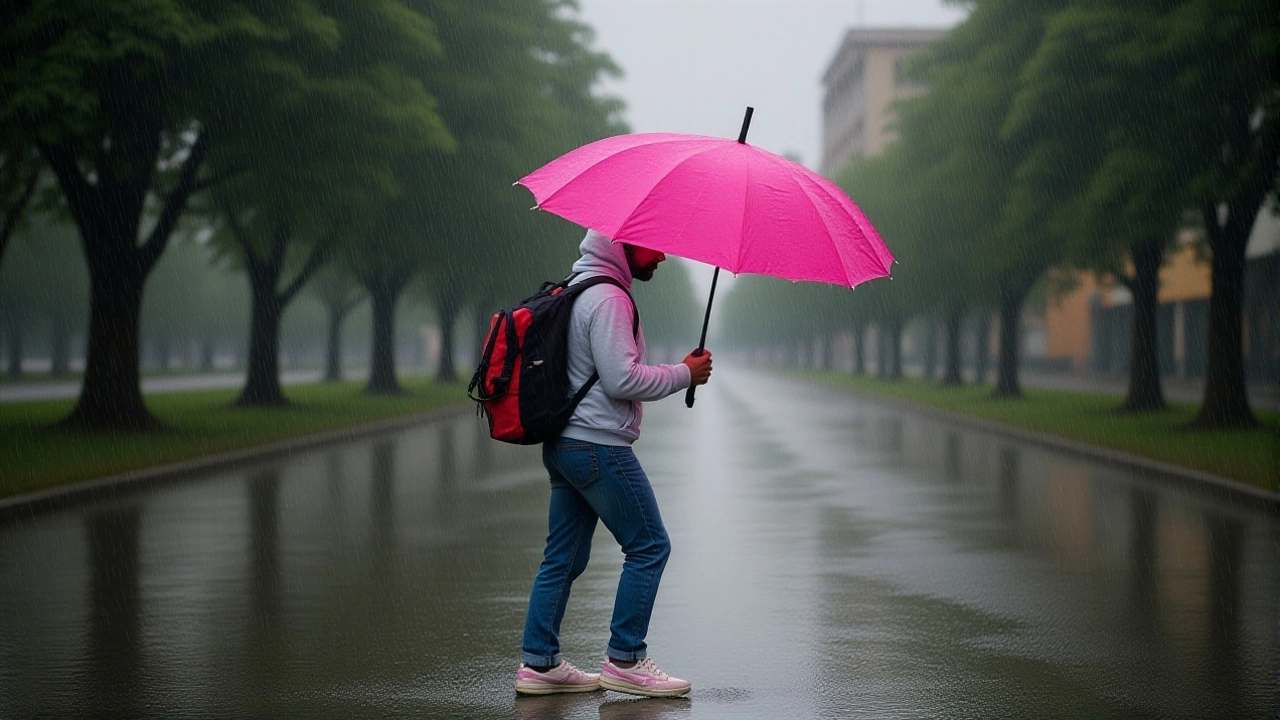 30
Oct,2025
30
Oct,2025
By the evening of October 28, 2025, the coast of Andhra Pradesh bore the brunt of Cyclonic Storm 'Montha' — a system that had intensified faster than most forecasts predicted. Winds howled at 100 kmph, roofs tore off homes in Kakinada, and power lines snapped like dry twigs. What made this storm especially dangerous wasn’t just the wind, but the relentless rain that followed — the kind that turns streets into rivers and leaves families stranded for days. The India Meteorological Department (IMD), under the Ministry of Earth Sciences, had warned of this exact scenario just 24 hours earlier, but for many in low-lying villages, the warning came too late to evacuate.
From Depression to Disaster: How Montha Rapidly Grew
It didn’t start as a monster. Just two days before landfall, Cyclonic Storm 'Montha' was a modest depression swirling over the southwest Bay of Bengal. But warm sea surface temperatures — hovering near 30°C — gave it fuel. By 6 a.m. on October 28, the IMD upgraded it to a severe cyclonic storm, with gusts reaching 110 kmph. The timing was brutal: landfall came just as high tide peaked, turning coastal flooding into a compound disaster.Historically, cyclones in the Bay of Bengal tend to peak between May and November. This year, Depression BOB 04 in July had already dumped 186 mm of rain on Kolkata in 15 hours. Then came Depression BOB 05 in August, forcing evacuations along the Odisha-Andhra border. Montha wasn’t the first, but it was the most aggressive of the season.
Orange and Red Warnings: Were They Enough?
The IMD’s warning system — green, yellow, orange, red — is widely respected. But this time, the gap between warning and impact was razor-thin. Coastal districts like Machilipatnam, Kalingapatnam, and Kakinada received orange alerts by 8 p.m. on the 27th. Red alerts followed at midnight. Yet, in villages where mobile networks failed and public address systems were outdated, many didn’t hear the sirens until the rain was already pouring through their windows.
“We got the alert on our phones, but our village has no generator,” said Suresh Reddy, a fisherman from a hamlet near Kakinada. “By the time we realized the water was rising, it was waist-deep. We lost everything.”
Urban centers like Vijayawada and Visakhapatnam fared better — evacuation centers opened, and buses transported over 40,000 people to safer ground. But in remote areas, rescue teams struggled to reach flooded villages. Helicopters were grounded for hours due to wind shear.
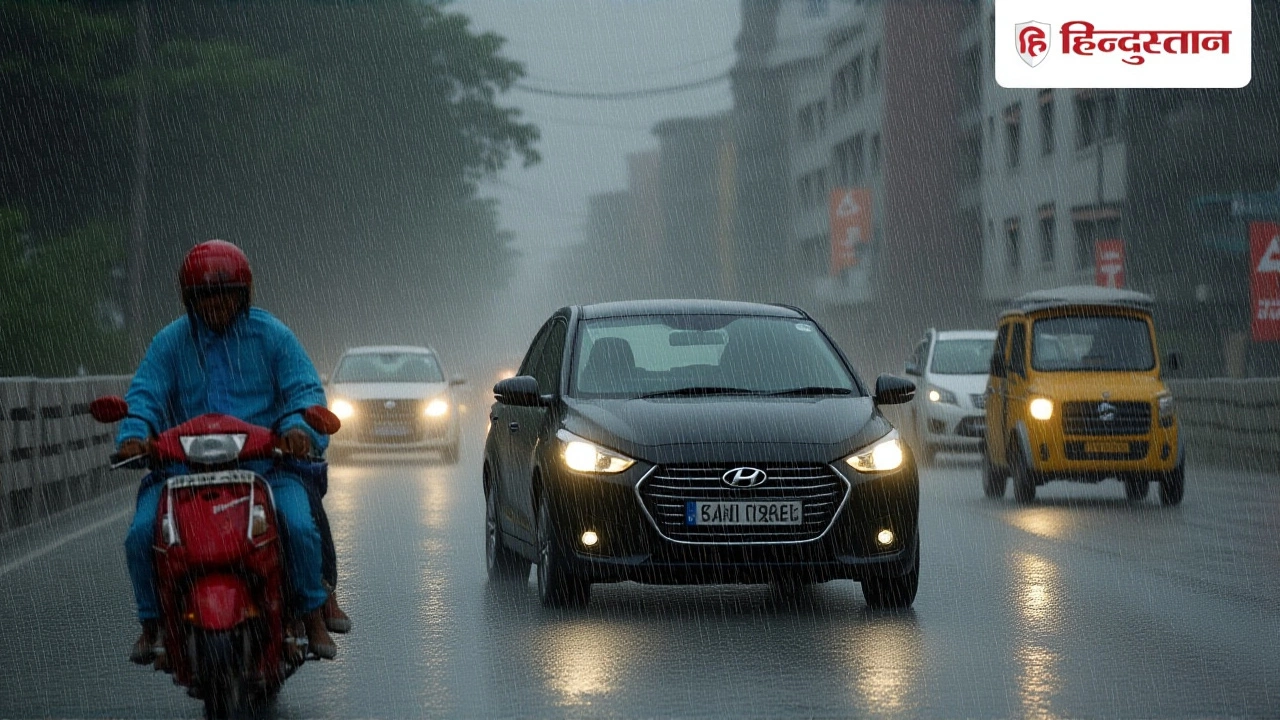
The Ripple Effect: When a Cyclone Crosses Borders
What’s rarely discussed is how cyclones don’t stop at national borders. By October 30, Cyclonic Storm 'Montha' had weakened into a deep depression but still carried enough moisture to trigger heavy snow and rain across Nepal. The Department of Hydrology and Meteorology in Nepal issued alerts for 26 districts — from Taplejung in the east to Kapilvastu in the west.
Rivers like the Koshi, Gandaki, and Bagmati saw flow rates spike by 200% above seasonal averages. Landslides blocked highways in Sindhupalchok and Ramechhap. In Jhapa, a bridge collapsed, cutting off 12 villages. The death toll in Nepal rose to 17 by November 1, mostly from drowning and landslides.
“This isn’t just an Indian storm,” said Dr. Anjali Mehta, a climate researcher at the Indian Institute of Tropical Meteorology. “The Bay of Bengal’s weather systems are now more interconnected with the Himalayan hydrology than ever before. When a cyclone weakens over land, it doesn’t vanish — it migrates, and it changes form.”
What’s Next? Climate Trends and Preparedness Gaps
Scientists now say the Bay of Bengal is warming faster than the global average — up to 0.5°C per decade since 2000. That means storms like Montha are becoming more frequent and intense. The IMD’s models improved this year, but infrastructure didn’t keep pace. Only 38% of coastal villages have functional early-warning loudspeakers. Emergency drills are rare outside major cities.
Meanwhile, the National Disaster Response Force (NDRF) deployed 12 teams across Andhra and Odisha, but many were stretched thin — another cyclone, Depression BOB 06, had formed off the Tamil Nadu coast on October 31, just days after Montha made landfall.
“We’re reacting, not preparing,” said former IMD chief Dr. Rajiv Menon. “We’ve got the science. We’ve got the warnings. What we lack is the last-mile delivery — the people on the ground who can act before the water rises.”
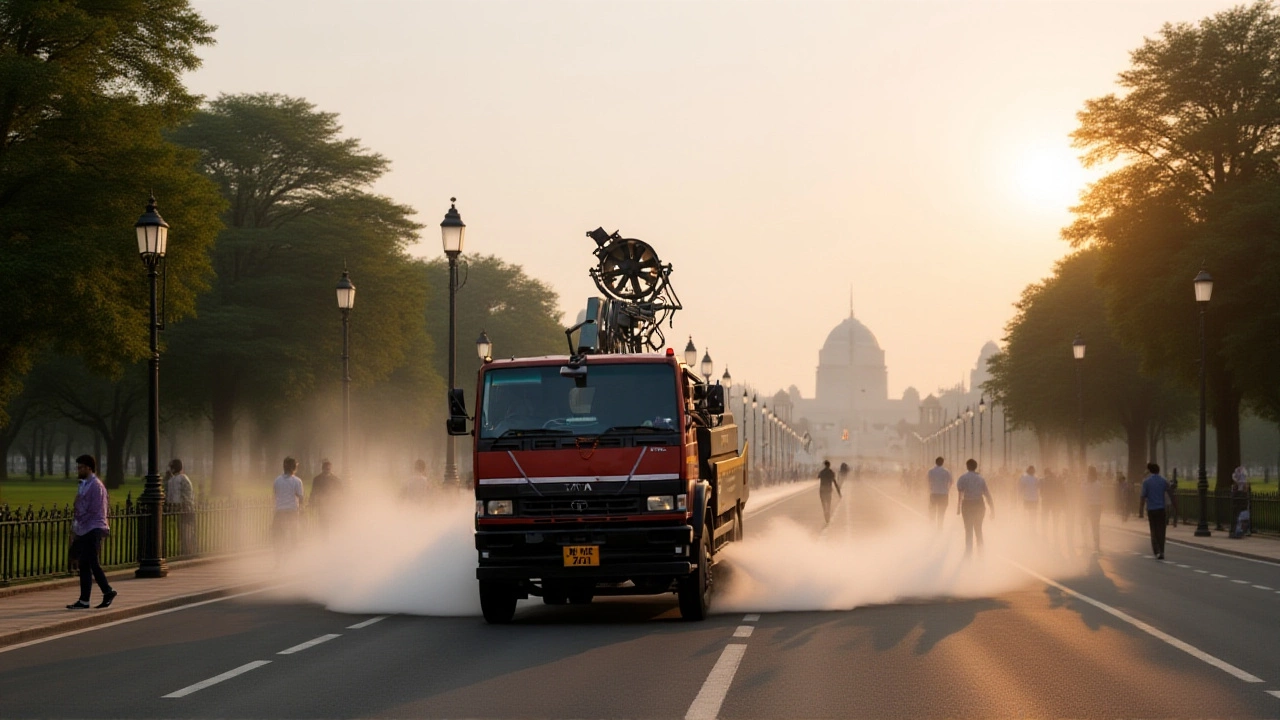
What We Know Now
- Landfall: Cyclonic Storm 'Montha' crossed the Andhra coast near Kakinada on October 28, 2025, at 8:45 p.m. IST.
- Wind Speed: Maximum sustained winds: 90–100 kmph, gusts up to 110 kmph.
- Rainfall: Over 250 mm recorded in Kakinada and Srikakulam within 36 hours.
- Impact in Nepal: 26 districts under flood alert; river flows up 200%; 17 fatalities reported.
- Response: Over 120,000 people evacuated across Andhra, Odisha, and West Bengal.
Frequently Asked Questions
How did Cyclonic Storm 'Montha' compare to past cyclones in the Bay of Bengal?
Montha was the third severe cyclonic storm of the 2025 season, stronger than BOB 05 in August but weaker than Cyclone Amphan in 2020. What set it apart was its rapid intensification — from depression to severe storm in under 36 hours. Historically, such rapid strengthening was rare before 2020, but now occurs every 2–3 years due to warmer sea temperatures.
Why did Nepal experience flooding from a cyclone that hit India?
Even after weakening, Montha’s moisture plume traveled northward into the Himalayan foothills, colliding with cold air and triggering heavy snow and rain. This phenomenon, called “orographic lift,” is common after Bay of Bengal cyclones. Rivers like the Koshi swell from both rainfall and glacial melt, creating downstream flooding that can last days — even after the storm is gone.
What do the IMD’s orange and red warnings actually mean for residents?
Orange means “be prepared” — secure property, stock supplies, and stay tuned. Red means “take action” — evacuate immediately if advised. In 2025, many rural residents ignored red alerts because past warnings didn’t result in major damage. This complacency cost lives. Authorities now urge people to treat every red alert as life-threatening, regardless of history.
Is climate change making cyclones like Montha more common?
Yes. Data from the IMD shows the number of severe cyclones in the Bay of Bengal has increased by 60% since 2000. Sea surface temperatures have risen 0.8°C on average, giving storms more energy to intensify. Scientists predict this trend will continue, with more storms forming closer to shore — leaving less time for preparation.
What’s being done to improve early warning systems in rural areas?
The government has started installing solar-powered, voice-enabled warning kiosks in 500 vulnerable villages, with plans to expand to 2,000 by 2027. Community volunteers are being trained to relay alerts via megaphones and WhatsApp groups. But funding is uneven — states like Odisha have robust systems; Andhra’s rural network remains patchy.
When is the next cyclone expected in the Bay of Bengal?
The IMD has already issued a watch for Depression BOB 06, forming off Tamil Nadu on October 31, 2025. While not expected to intensify to severe status, it could bring heavy rain to coastal Andhra and Odisha through November 5. The cyclone season typically runs through December, so residents are advised to stay alert.
